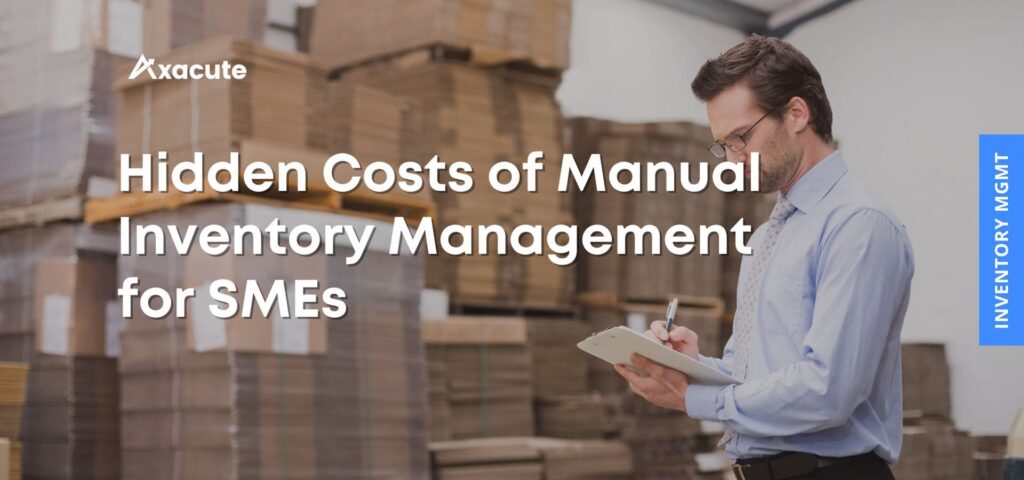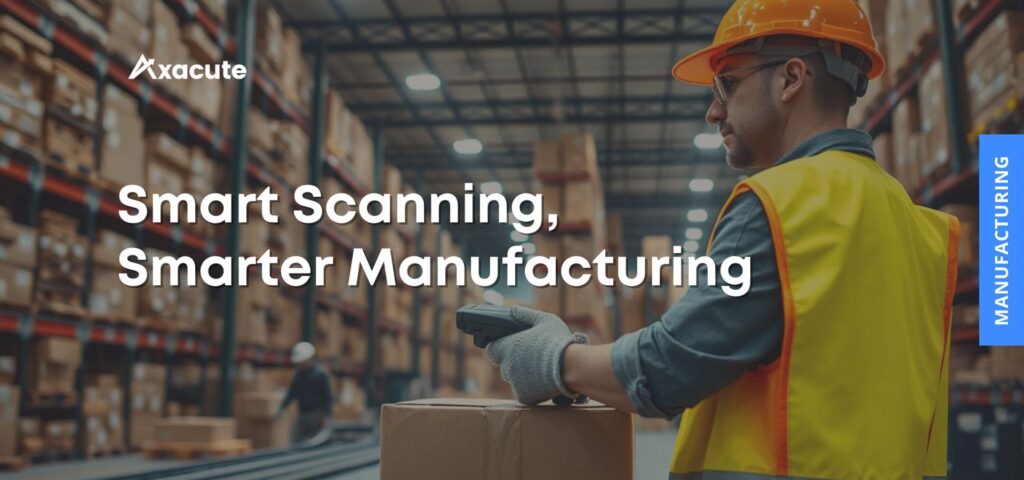Audit Warehouse Inventory

What is Auditing Warehouse Inventory
Maintaining an optimal level of inventory always challenges warehouse managers. On one hand, high inventory levels lead to high holding, hidden, and opportunity costs. On the other hand, low inventory levels increase the risk of business loss. Therefore, managers must strike a balance to avoid both extremes. By maintaining the right level of inventory, organizations can control costs while ensuring a satisfactory service level.
Inventory auditing allows the warehouse management team to evaluate inventory policies, check their implementation, review inventory levels, and verify the accuracy of records against the actual stock. The team may carry out the audit with internal staff or rely on a third-party organization. While internal auditing requires less cost, external auditing often delivers greater accuracy and reliability.
Objectives
The objectives of the inventory auditing are as follows.
- Match physical inventory count with financial, documented, or system inventory
- Maintain optimal level of inventory.
- Develop forecasting for next quarter/year
Inventory Auditing Tasks
1. ABC analysis
This method classifies items according to their annual dollar volume. Specifically, items fall into three categories: A, B, and C. Category A covers items that account for 70 to 80 percent of the annual volume. Category B includes items ranging from 80 to 95 percent, while Category C represents the remaining 95 to 100 percent. Since Category A items involve higher costs, managers pay closer attention to them.
2. Cut off analysis
During this method, warehouse operations stop completely, and the team performs a physical count to determine the actual inventory level. In addition, all incoming and outgoing shipments remain suspended until the audit is complete.
3. Overhead analysis
Inventory and warehouse management also involve overheads such as rent, utilities, and insurance. Therefore, audits also help determine the overhead expenses linked to inventory and provide a clearer view of total costs.
4. Freight cost analysis
Auditors also review transportation and shipping costs to identify opportunities for cost optimization. These audits may cover the movement of goods between warehouses, as well as shipments from manufacturing facilities to warehouses or other related locations.
5. Physical counting
Warehouse teams physically count goods or items to verify inventory levels. This process can follow either a perpetual or a periodic system. In a perpetual system, staff update counts whenever a unit enters or leaves the store. In contrast, a periodic system records inventory after specific time intervals.
Importance of Inventory Auditing
Inventory audit is important as this helps:
- To know the difference between actual and documented inventory. This helps to maintain the accurate level of inventory which helps in effective inventory management.
- Inventory auditing helps find the cost so that cost reduction techniques may be applied to reduce the high cost
Inventory auditing also helps organizations in budgeting. High or low-level inventory orders because of inaccuracy in inventory may cause over budgeting or under budgeting.
Auditing Process
Following steps need to be followed for inventory auditing
- Schedule the inventory auditing activity with prior notifications to all the stakeholders. (in some cases, unannounced auditing of inventory may also be carried out to catch any fraud, corruption, or intentional manipulation).
- Perform the audit and physically check the inventory and inventory procedures.
- Write down the deficiencies and improvement points.
- Communicate the findings to the organization for improvement purpose
Challenges in Inventory Auditing
Following are some of the key challenges in inventory auditing.
- Time-consuming task as this involves thorough investigation and physical count of inventory
- Inventory auditing also represent cost as regular operation of the company is halted and employees are used for inventory auditing. In the case of 3rd party auditing, the cost is relatively higher.
- Production and efficiency loss also occur as in many cases the warehouse operation is halted during inventory auditing. This is also representing overhead expenses and capacity underutilization.
Modern Technologies in Inventory Auditing
Modern technologies such as RFID and GPS now support inventory auditing. In addition, companies use QR codes within these technologies to store key details, including batch numbers, receiving dates, supplier names, manufacturing dates, and expiry dates. As a result, locating inventory becomes easier, and traceability improves significantly. Furthermore, the introduction of these technologies has reduced many challenges in inventory auditing. Consequently, the process is now simpler, faster, and less time-consuming. Moreover, modern technologies and software also help companies design more effective warehouse layouts and improve product placement, which further enhances efficiency.
Conclusion
Inventory auditing provides a systematic way to monitor and verify warehouse inventory against the records in the accounting system. Moreover, organizations can choose from different audit methods, and each method has its own pros and cons. The choice largely depends on organizational needs as well as system requirements. However, conducting an inventory audit often requires significant time and money, and it can also disrupt production and operational efficiency. On the other hand, the process offers clear benefits. For instance, it updates actual inventory levels, maintains accuracy, evaluates costs, and prepares future budgets. In addition, modern technologies now streamline and improve inventory auditing methods, making the process more efficient and reliable.
Categories
- Axacute Highlights (3)
- Blog (146)
- Distribution (4)
- Features (5)
- Industry (2)
- Inventory (67)
- Manufacturing (72)
- Production (33)
- Technology (30)
- Warehouse (66)
- Wholesale (2)
Related
Benefits of an Inventory Management System
The Hidden Costs of Manual Inventory Management for SMEs
Improve Inventory Management and Cut Waste with Axacute
Smart Scanning, Smarter Manufacturing
Real-Time Warehouse Alerts: How to Prevent Stockouts
Connect Axacute to Your ERP for Smarter Operations
Intelligent Warehouse Setup
Level up your productivity
Get started with Axacute and improve your business operations.








